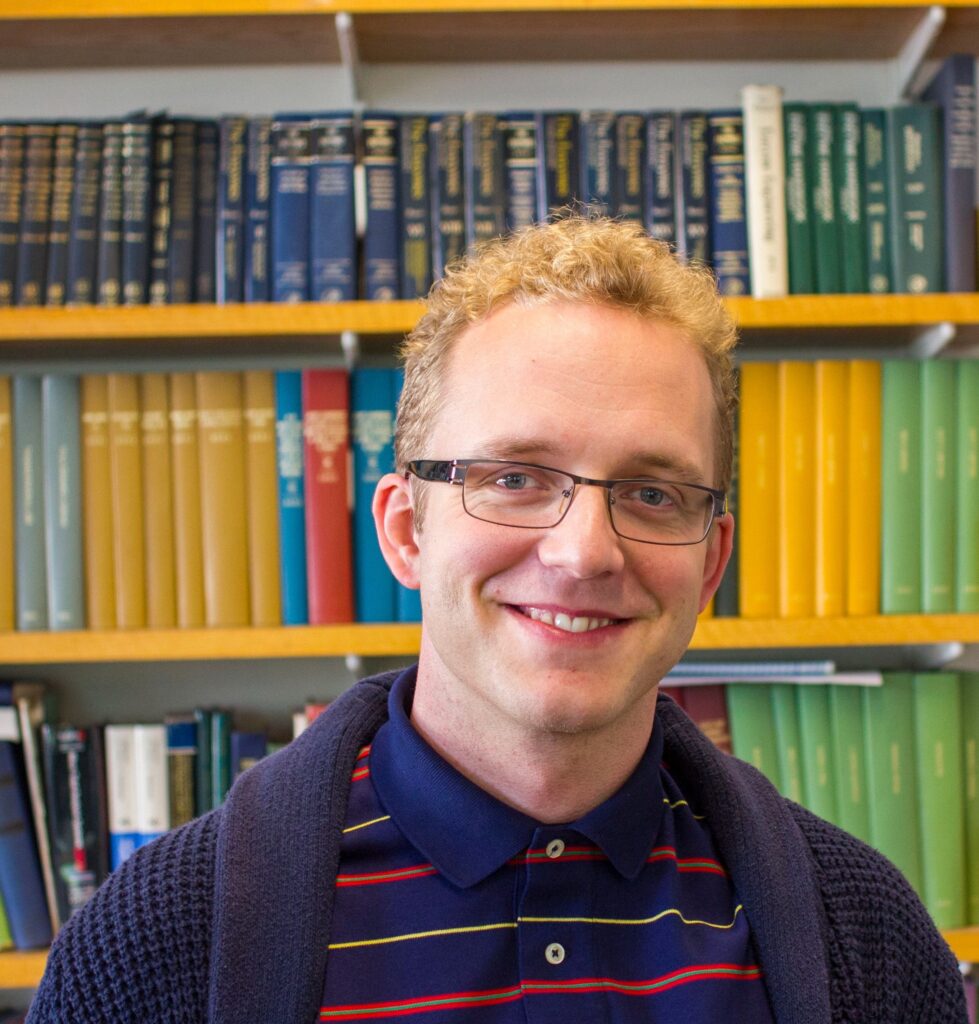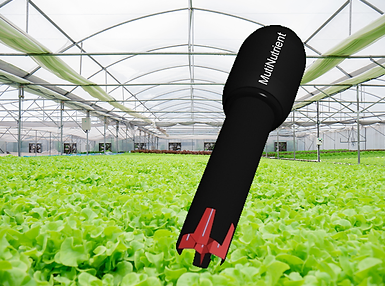Agvios: Sensing Nutrients to Grow Food Better

AgvioStat sensor helps hydroponic farmers accurately nourish their crops

When Christoffer Abrahamsson was growing up, he loved growing vegetables in the garden with his family. Back then he had no idea that, many years later, he would be starting a company inspired by that same love.
Abrahamsson earned a Ph.D. in chemistry and chemical engineering from Chalmers University in Sweden, where he focused his research on material science. He then spent six years as a postdoc at Harvard, developing low-cost methods and instruments for analysis of illicit drugs, medical samples, and nutrients in soil. At Harvard, his passion for healthy locally-produced food and his desire to prevent food shortages brought him back to agriculture.
In 2022, he founded Agvios, an agtech startup that aims to make farms more productive and efficient. Agvios works with hydroponic farmers to increase their productivity and crop yields. Its product, the AgvioStat, measures the concentration of ions in nutrient solutions. This helps farmers feed their plants accurately. The most important ions the probe senses are nitrogen, phosphorus, and potassium. If you garden, you may recognize those elements from the NPK proportions on fertilizer packaging.
Quickly measuring nutrient levels is essential for hydroponic farmers. If their plants look unhealthy, they need to diagnose the problem as soon as possible. It can be hard to differentiate between a lack of nutrients and problems like fungal pathogens, which can lead farmers to waste money by unnecessarily using expensive and potentially toxic fungicides. Farmers can’t afford to wait weeks for a nutrient analysis to come back from a lab, so quick results from a fast-acting device like Agvios’ could make the difference between success and crop failure.
FORGE connects Agvios to Bayard Design

Agvios needed to find a collaborator to build a prototype of the AgvioStat.
“An advisor recommended contacting FORGE because they were good with hardware. The FORGE network gave me some good advice,” Abrahamsson said. FORGE put him in touch with several design companies. He chose to work with the Cambridge, MA based Bayard Design, a full-service product design and engineering firm, because they could design and build a prototype with the needed specifications within the limited budget of the startup.
“We’re pleased FORGE was able to connect us with Agvios,” said Matthew De Remer, founder, and chief engineer of Bayard Design. “The teams at Bayard and Agvios worked together to construct their first field prototypes. Now, Agvios can demonstrate their device to customers, proving the value of this novel technology.”
Bayard quickly met Agvios’ challenge, enabling the device to measure low concentrations of multiple ions at a high sensitivity. The two companies are moving forward together to get prototypes in farmers’ hands for testing.
“I’ve been really happy with Bayard! They have been great to work with and delivered more features than I thought was possible with our budget,” Abrahamsson said.
Solutions are just the first problem
In the future, Abrahamsson hopes to also apply Agvios’ technology in soil-based agriculture where the majority of food is produced. Sensing nutrients in soil is a more complex challenge because it requires extracting the nutrients from the soil to a liquid that is then analyzed. Agvios also plans to create software and feedback systems which sense and dispense nutrients, called fertigation systems.
Agvios’ technology is part of a crucial wave of agtech leading the way into a sustainable future that helps the world avoid food shortages.
“Given the growing population of the world and the higher standards of living, the UN states that we need to increase agricultural output by 60% until 2050 if we want to maintain the level of access to food we have today”, Abrahamsson said. “Between soil quality degradation and climate change, we predict more strain on the agricultural system in the future. But as long as we increase our investment in new agricultural R&D and technology, and improve some policies, I’m optimistic we will reach that goal”.
